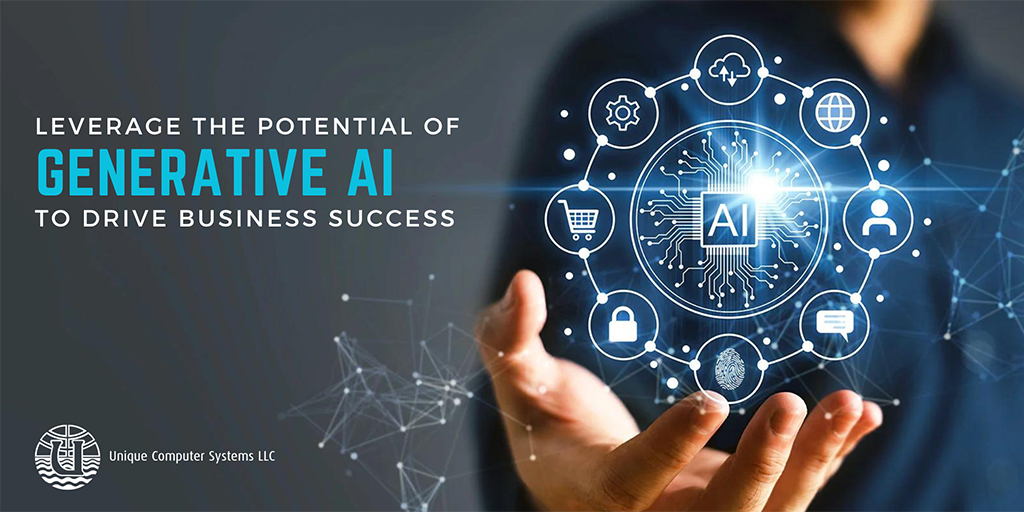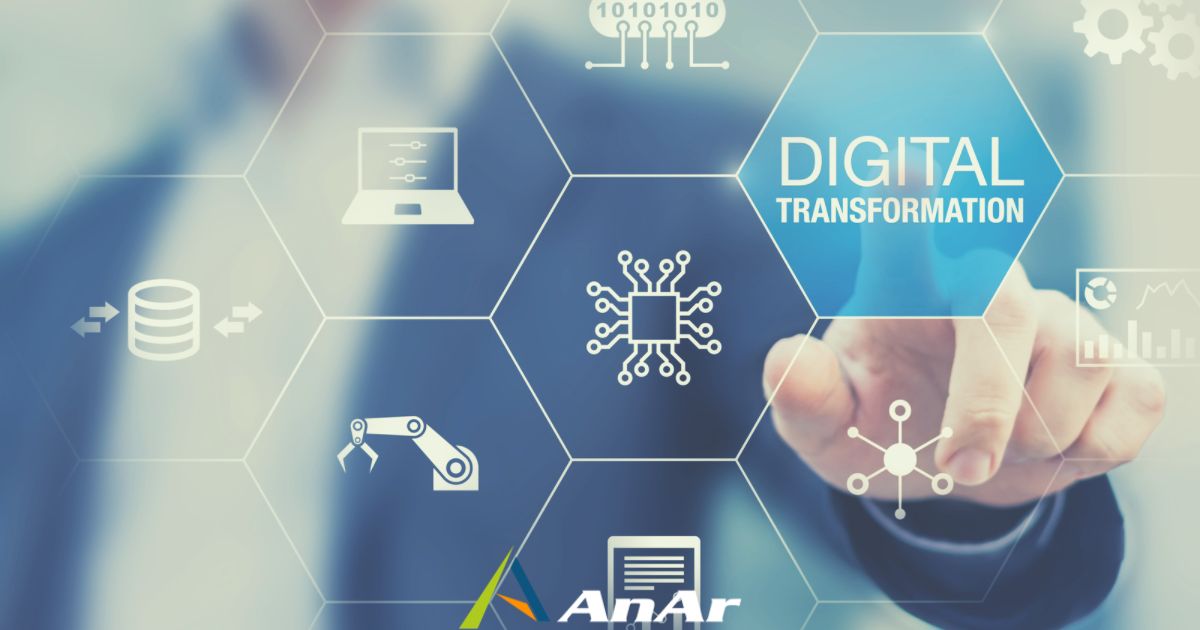The COO’s Strategic Role in the AI-Driven Enterprise
As highlighted in McKinsey’s recent report, “How COOs Maximize Operational Impact from Gen AI and Agentic AI,” Chief Operating Officers (COOs) are uniquely positioned to spearhead the integration of Generative AI (Gen AI) and Agentic AI into core business operations. These technologies promise transformative productivity gains, yet many organizations struggle to scale beyond pilot programs. iAgentic’s platform offers COOs the tools to bridge this gap, enabling the seamless adoption and scaling of AI-driven solutions across the enterprise.
The Promise and Challenge of Gen AI and Agentic AI
McKinsey estimates that Gen AI could contribute up to $4.4 trillion in annual productivity gains globally. Early adopters have reported significant improvements:Interconnections – The Equinix Blog
-
R&D Efficiency: A European automotive supplier achieved a 20–30% reduction in development time by using Gen AI for code analysis and generation.
-
Maintenance Optimization: A global manufacturer reduced maintenance workloads by 40% and increased equipment effectiveness by 3% through a Gen AI-based maintenance assistant.
-
Procurement Savings: A multinational resources company uncovered over $15 million in potential savings by employing Gen AI to analyze contracts.
Despite these successes, a McKinsey survey revealed that only 19% of U.S. companies reported a revenue increase of more than 5% from Gen AI initiatives, underscoring the challenges in scaling these technologies effectively.
iAgentic’s Approach: Empowering COOs to Drive AI Integration
iAgentic’s platform is designed to address the key areas where COOs can make a significant impact:
1. Defining the Operating Structure
iAgentic facilitates the establishment of centralized AI Centers of Excellence (CoEs) that report directly to the COO. This structure ensures alignment across departments and accelerates the deployment of AI solutions.
2. Establishing Robust Data Governance
With iAgentic, organizations can harmonize data sources, eliminating inconsistencies and ensuring that AI models are trained on high-quality, centralized data. This approach enhances the reliability and effectiveness of AI-driven insights.
3. Leading Change Management
iAgentic supports COOs in fostering a culture of adaptability by integrating AI tools into daily workflows and providing training resources. This proactive change management ensures higher adoption rates and maximizes the return on AI investments.FlyRank
Real-World Impact: Case Studies
-
Contract Analysis: A global enterprise used iAgentic’s platform to analyze thousands of contracts, identifying compliance issues and negotiation opportunities, leading to substantial cost savings.
-
Maintenance Operations: By deploying iAgentic’s AI agents, a manufacturing firm streamlined its maintenance processes, reducing downtime and improving overall equipment efficiency.
-
Shift Management: iAgentic enabled a production facility to implement AI-driven shift handovers, ensuring seamless communication and continuity between teams.LinkedIn
Conclusion: The Path Forward for COOs
The integration of Gen AI and Agentic AI into business operations is no longer a futuristic concept but a present-day imperative. COOs play a pivotal role in steering this transformation. With iAgentic’s comprehensive platform, COOs can overcome common barriers to AI adoption, drive cross-functional collaboration, and realize the full potential of AI to achieve operational excellence.
Enter autonomous AI agents. iAgentic’s platform brings the power of multi-agent orchestration to manufacturing operations – coordinating multiple specialized AI agents that can monitor equipment, optimize workflows, and respond to issues in real time. These AI agents work alongside human experts (with human-in-the-loop controls for oversight) to enhance decision-making and take automated actions when appropriate. Additionally, iAgentic integrates advanced AI-powered chatbots (both text and voice) that interface with workers and managers, and Retrieval-Augmented Generation (RAG) capabilities to pull in knowledge from equipment manuals, historical data, and enterprise systems. The result is a manufacturing environment that is proactive, resilient, and highly efficient.





